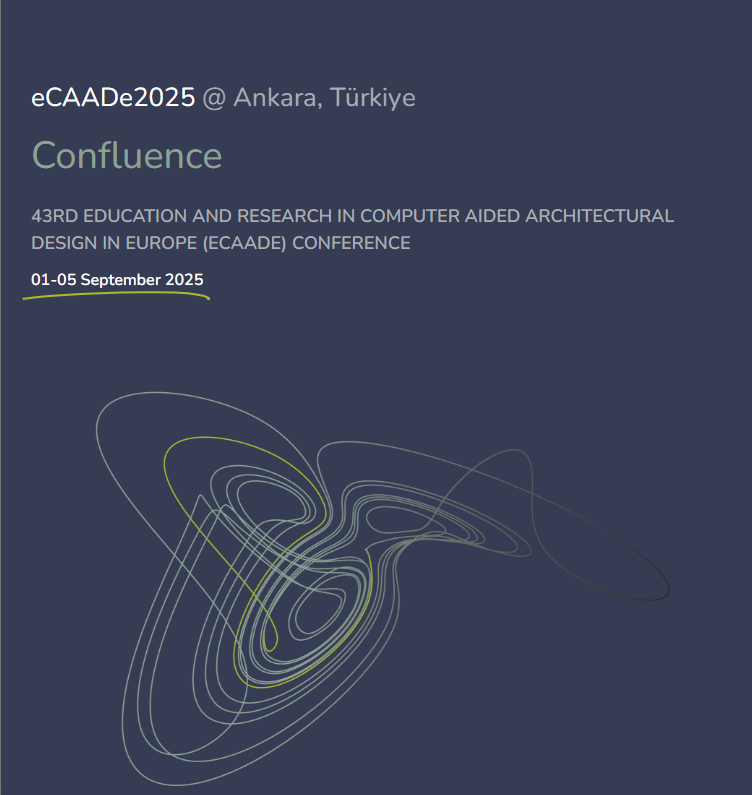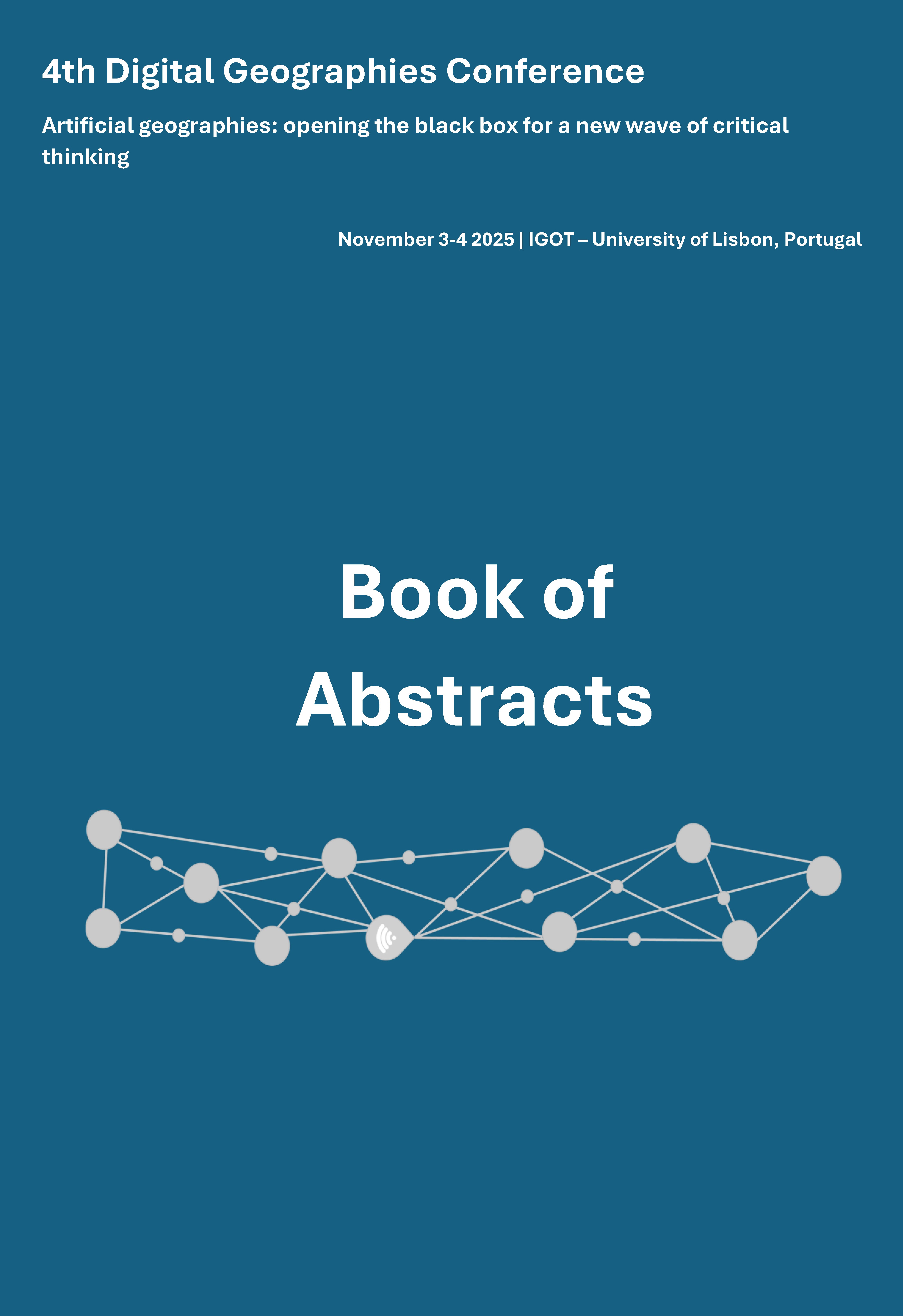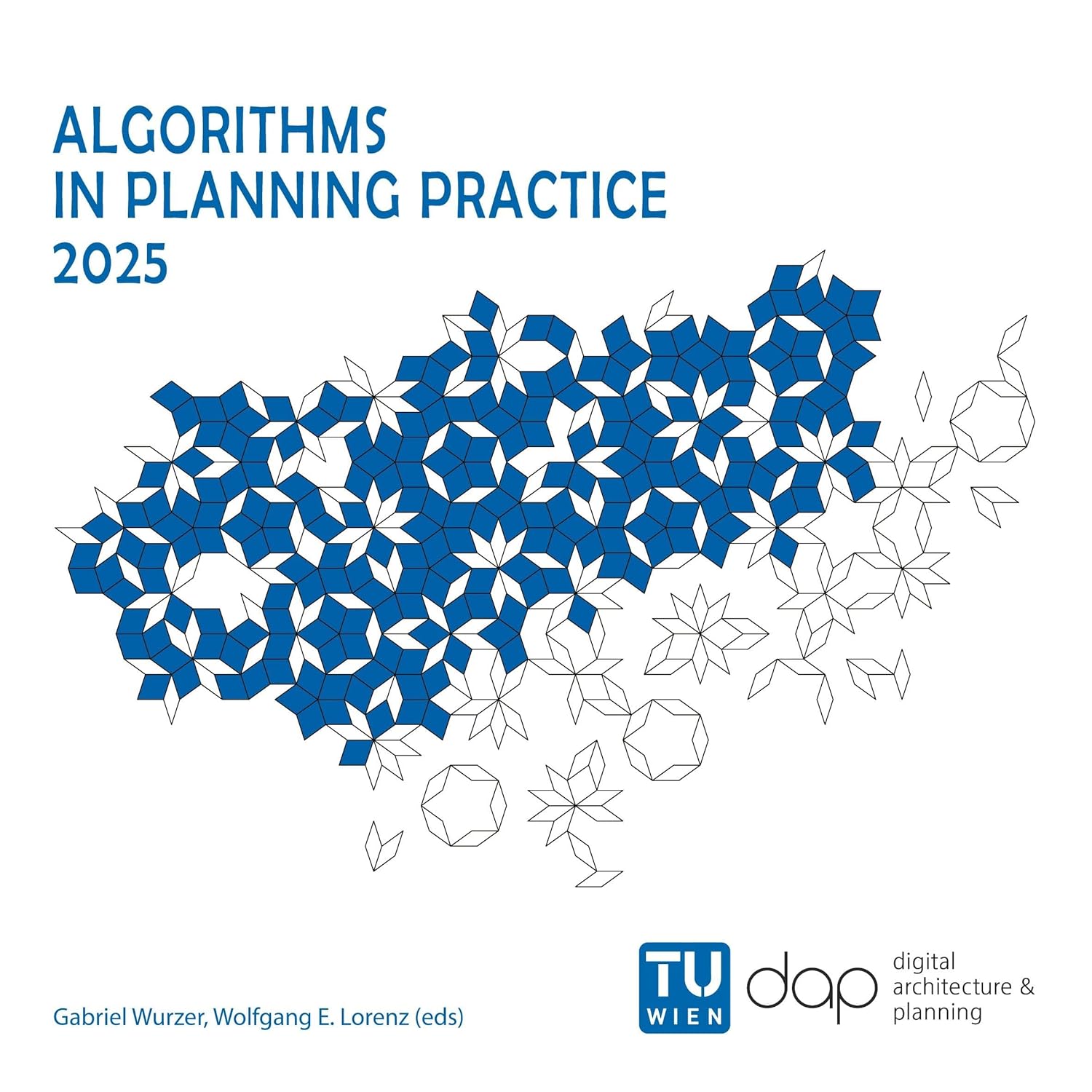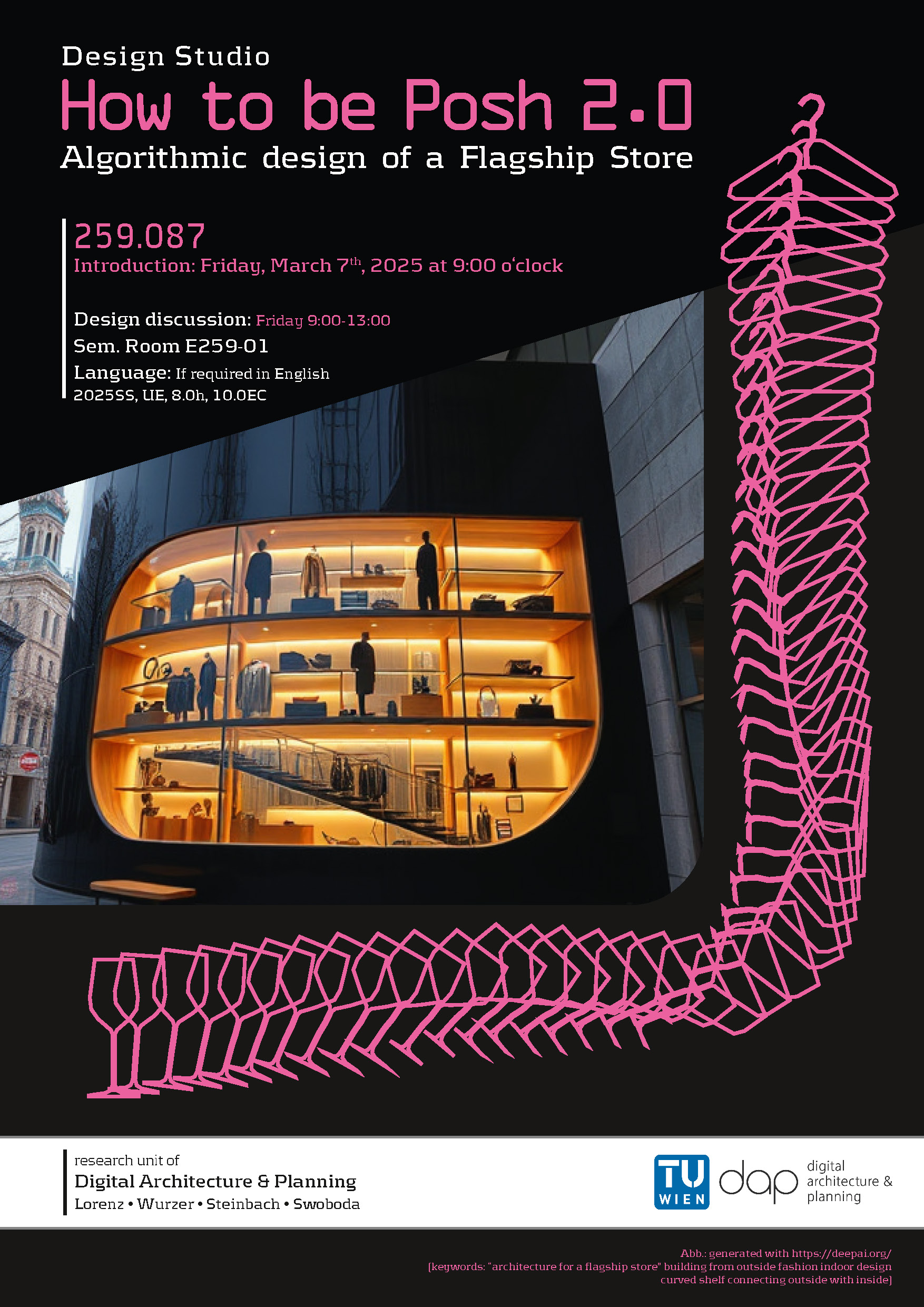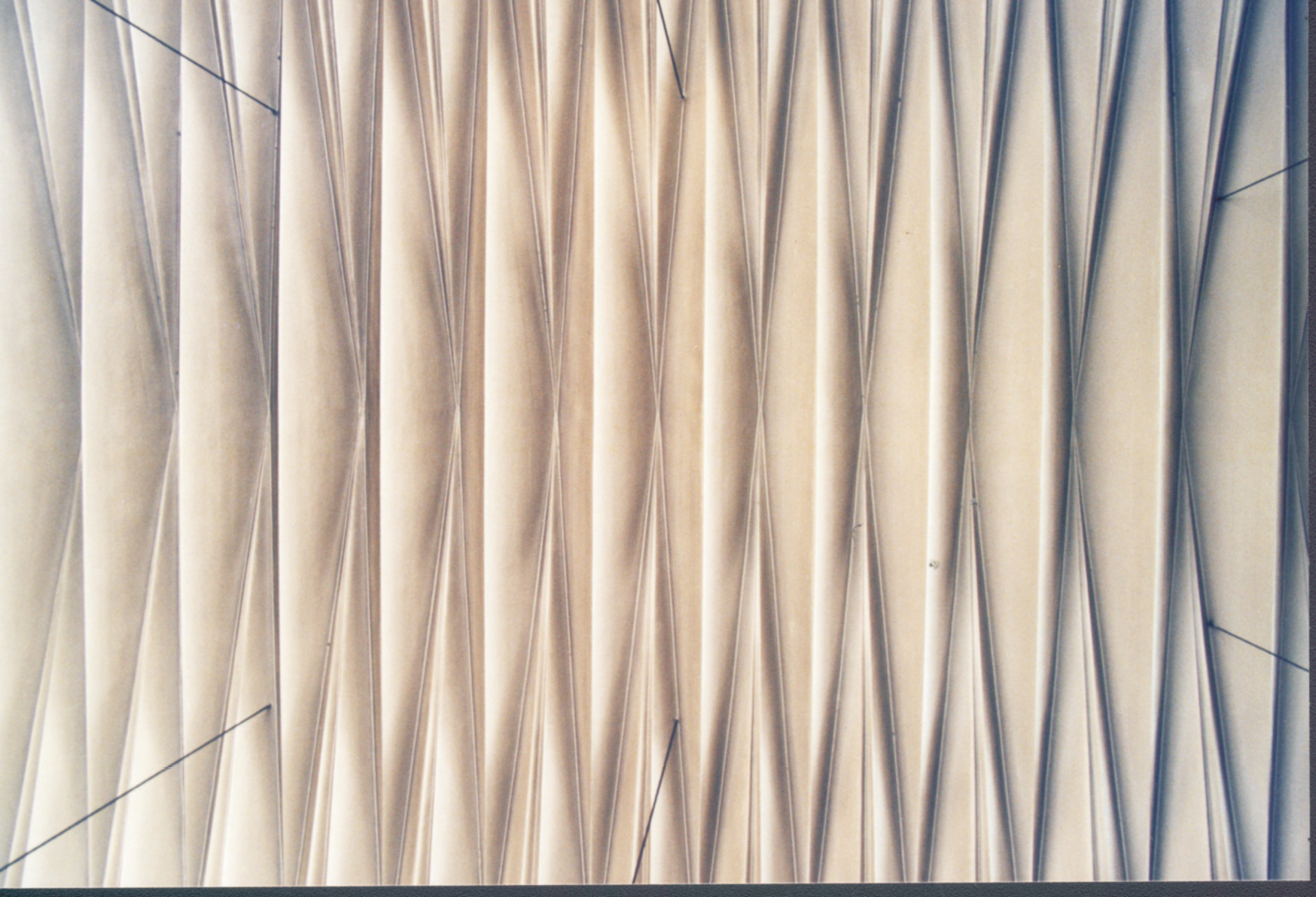5.4.1 Symmetry and Mutation
At the end of the 19th century William Bateson developed the theory of symmetry and of discontinuous variation. It says that where information is lost or mutated, growth returns to simple symmetry. As an example Bateson analyzed possible mutations, e.g. that of additional thumbs at a hand, and he found out that the abnormity has a higher measure of symmetry in the form of an additional plane as a mirror between the new and the original thumb. This means that the “normal” thumb, which is asymmetric to the four fingers, is replaced by a symmetric part of another four fingers, see picture 31.


